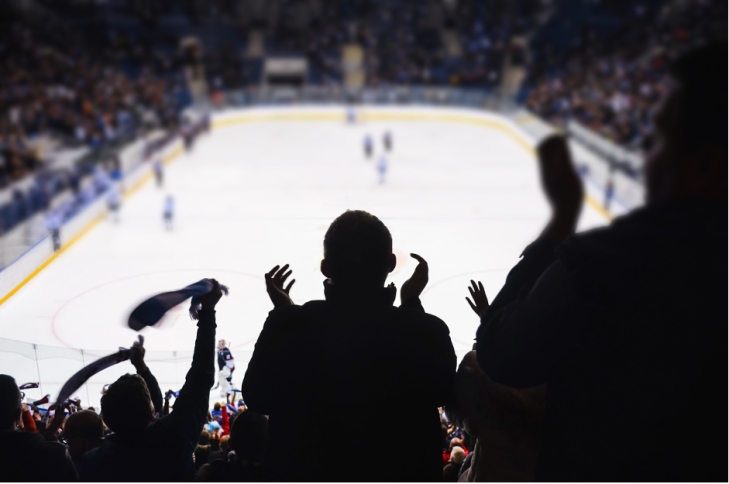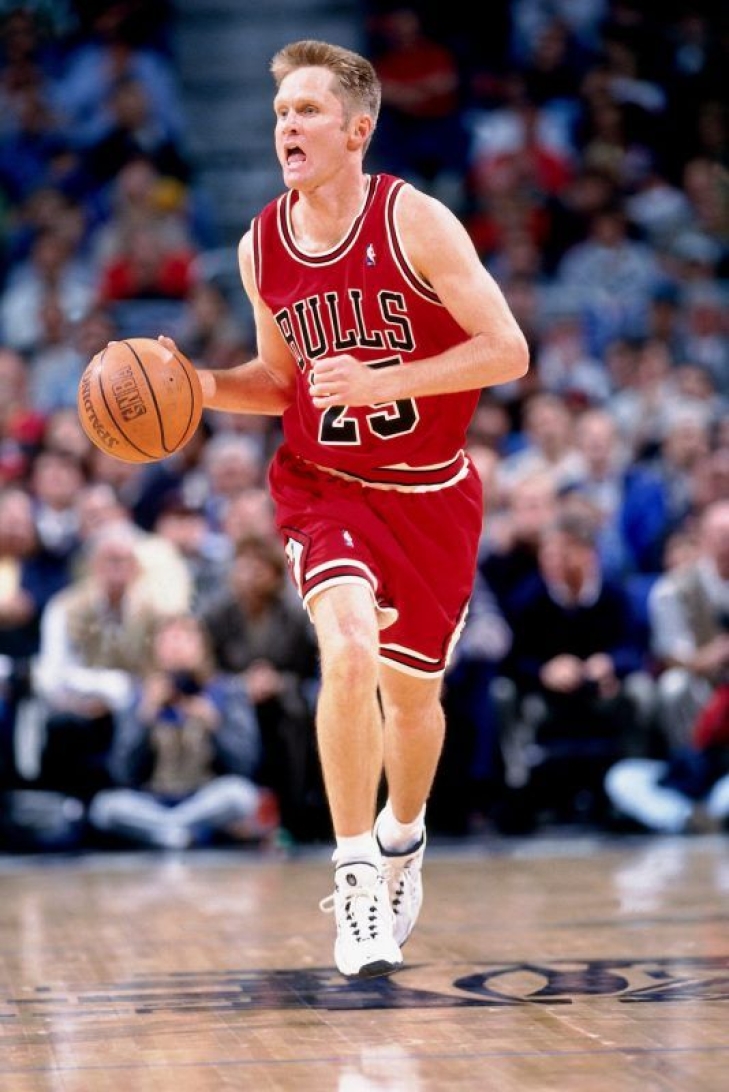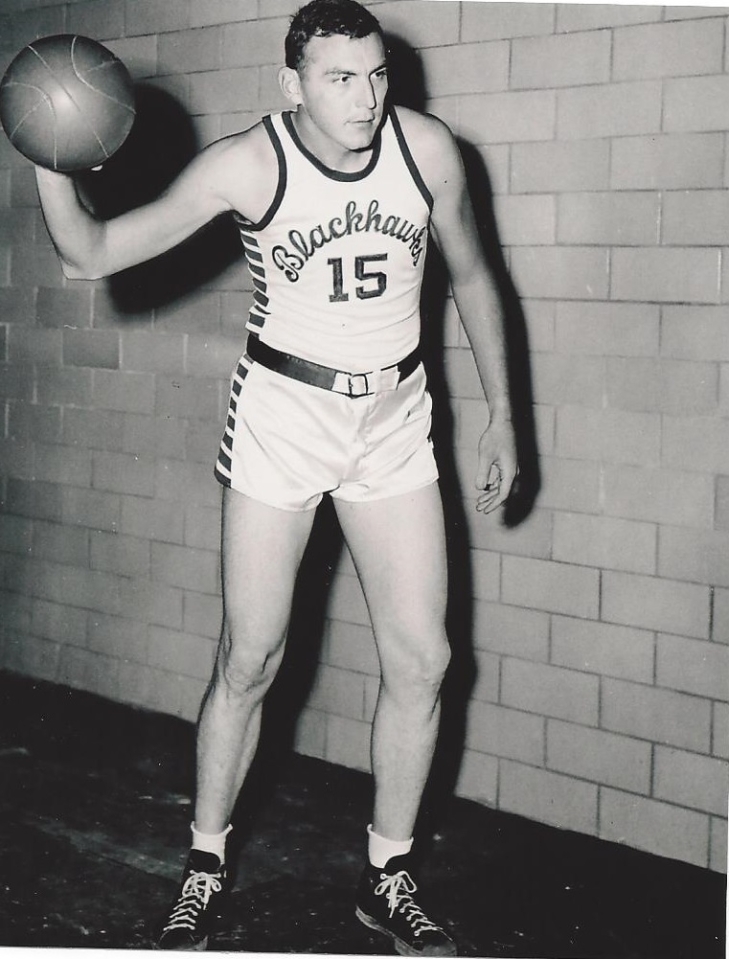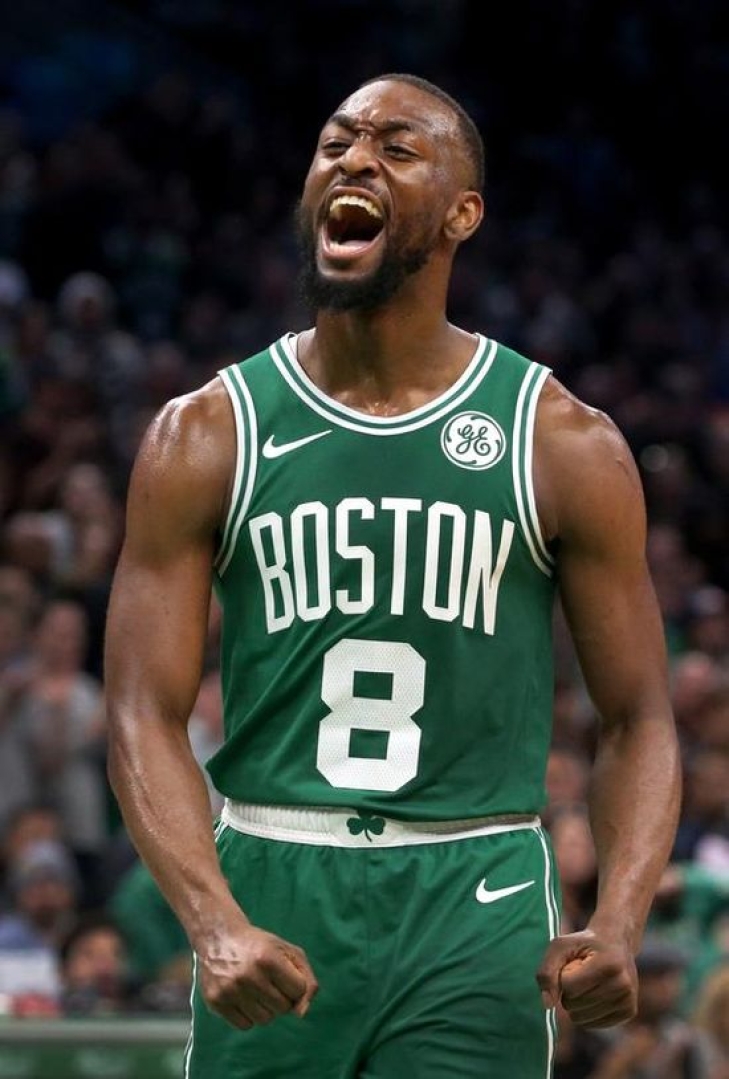
Committee Chairman
The Evolution of TD Garden: From Historic Venue to Modern Arena
A Nostalgic Trip Down Memory Lane
Ah, TD Garden – a name that resonates deeply with hockey fans. Located in the heart of Boston, this mecca of sports has become synonymous with epic face-offs, mind-blowing slap shots, and some of the most passionate fans in the sport. Much like fans of combat sports who keep tabs on UFC betting sites for the latest odds, hockey enthusiasts have lined up for generations to get in on the action at this iconic venue. But TD Garden wasn’t always the state-of-the-art arena it is today. Let’s take a skate down memory lane and relive the transformation of this iconic venue.
The Legendary Boston Garden Days
First up, let’s rewind a bit – back to the days when the infamous Boston Garden was the place to be. Opening its doors in 1928, the Boston Garden was more than just a sports venue; it was the cradle of countless memories and emotions for hockey enthusiasts. Originally constructed as a boxing arena, it was soon adapted to house the Boston Bruins, an NHL team bursting with potential. The arena was rugged, raw, and had this inexplicable charm that only 20th-century sports venues could offer.
Legends were made inside those walls. From Bobby Orr’s jaw-dropping goals to Ray Bourque’s indomitable spirit, the Boston Garden was dripping with history. However, as the years rolled on, it became increasingly clear that this hallowed ground needed an upgrade. Not just for the comfort of fans but to keep up with the rapidly advancing technology and demands of modern sports.
Welcome to TD Garden: The Next Chapter
Enter the TD Garden – the new kid on the block, opening in 1995 just a stone’s throw away from the old Boston Garden. Think of it as the older sibling who decided to hit the gym, take some technology courses, and dress up a bit snazzier. With a seating capacity of just over 17,500 for Bruins games, TD Garden was built to thrill, excite, and cater to the feverish fandom of Boston hockey fans.
High-Tech in Hockey Heaven
Let’s talk technology. TD Garden isn’t just a pretty face; it’s got brains and brawn. The HD scoreboard is a monster! Picture this: 6,250 square feet of crystal-clear action replaying every nail-biting moment, zooming in on every crucial face-off and fight. For the older fans who recall the days of squinting at the scoreboard in Boston Garden, this is akin to night and day.
Enhancing the Fan Experience
But TD Garden’s evolution isn’t just about tech upgrades. It’s also about fan experience. The seats are far more comfortable (yes, even for those extra-thrilling overtime games), the concessions have gone gourmet, and the beer selection has expanded beyond the basic brews. Craft beer lovers, rejoice! Plus, there are interactive zones and social spots designed to keep fans in the thick of the action even when they’re grabbing a snack or chatting about the game.
Electric Atmosphere and Timeless Traditions
Speaking of fan experience, who can forget the atmosphere? The Garden has always been a fortress of noise. When the Bruins are on a power play or facing off against a fierce rival, the decibel levels are insane. The chants, the cheers, the collective gasps – it’s a symphony of hockey fervor that’s been beautifully preserved and even amplified with the move to TD Garden.
Among the beloved traditions carried over is, of course, the presence of Blades, the Boston Bruins mascot. This lovable bear has been revving up the crowd since 1995, bringing joy to younger fans and a sense of camaraderie to the seasoned ones. And let’s not forget the iconic “Goal Horn” that sends chills down the spine every time the puck finds the back of the net.
Past Meets Present in Perfect Harmony
The arena's strategic adaptation to modernity while retaining its historic charm is a testament to Boston's ingenuity. The new Legend Suites and upgraded locker rooms show a sleek, modern aesthetic, providing a professional and luxurious environment for players and fans alike. But, the soul remains the same – gritty, passionate, and unmistakably Bostonian.
Conclusion: A Proud Legacy Moving Forward
For the die-hard Bruins fan who’s been there through it all – the glories, the heartbreaks, and the overtime thrillers – TD Garden’s evolution is like watching an old friend grow into something spectacular without losing the essence of what makes them special.
As we look forward, it’s clear that TD Garden is more than just an arena. It’s a monument to the sport of hockey, a beacon for fans, and a stage where heroes like Bergeron and Pastrnak continue to carve their names into history.
So, here’s to TD Garden – for evolving, for adapting, but most importantly, for keeping the passion of hockey alive and kicking in the heart of Boston. Grab your jersey, clutch your favorite drink, and get ready for the next face-off. This is where history is made.
133. Steve Kerr
Steve Kerr will be a Hall of Fame lock…but that is as a Coach.
…and he should be.
As a Head Coach, Kerr captained the Golden State Warriors to four NBA Championships, was a two-time Coach of the Year, and was named to the top 15 NBA Coaches in NBA History. That places him in Hall of Fame air, but this list is about what you do as a player, and nobody understood his role better than Steve Kerr.
Kerr might be one of the greatest sharpshooters behind the arc of all time, and as of this writing, he holds the highest 3-point Field Goal Percentage ever, and in the right system, he was electric. Luckily for Kerr, he found that often, aiding Michael Jordan and the Chicago Bulls win their second three-peat and the San Antonio Spurs capture their first two titles.
Kerr’s high-end court vision, selfishness, and leadership made Kerr one of the most valuable teammates of the 1990s and early 2000s, and even though he was no superstar, he knew better than anyone how to work with them.
130. Don Otten
Don Otten’s career might seem pedestrian when you look at just the stats from Basketball Reference, but his Hall of Fame case is much stronger than at first glance.
A two-time All-American at Bowling Green, Otten turned pro with the Tri-Cities Blackhawks in 1946, where he was named the league MVP and scoring champion (14.0) in 1948-49, the last year of the NBL’s existence. The Blackhawks would join the NBA in 1949, but by this time, he was 28, and his skills were eroded year after year, though he was still a competent basketball player.
Had the records been more detailed, Otten might have entered the Hall years ago via the Veteran’s Committee.
Kemba Walker Retires
During the NBA free agency season, a significant player retired from the game of basketball. Kemba Walker, 34, announced his retirement.
Walker was a dominant force at UConn, leading the Huskies to a national championship in 2011, where he was named the Final Four Most Outstanding Player, the Big East Tournament MVP, and a consensus first team All-American. For his efforts, he was drafted by the Charlotte Bobcats (later Hornets) ninth overall in 2011, the team he remains most associated with.
Walker broke out in the 2015-16 campaign, where he was second in Most Improved Player of the Year voting and had his first of five straight 20-PPG seasons. He went to his first All-Star Game a year later and was named to that mid-season classic the next two years. This culminated in an All-NBA Third Team Selection in 2018-19, which was his best year in Basketball.
He joined the Boston Celtics as part of a sign-and-trade in 2019 and promptly had his fourth (and final) All-Star year, but knee problems began to rear its ugly head. Walker was traded to the Oklahoma City Thunder, where his contract was bought out. He finished his NBA run with a year in New York and nine Games in Dallas.
He concluded his career with one season with Monaco in the French League, where his squad won the league championship.
Walker is eligible for the Naismith Basketball Hall of Fame in 2028, though that might be a tough ask. Hopefully, the Hornets will acknowledge him in some capacity in the future.
We here at Notinhalloffame.com wish Kemba Walker the best in his post-playing career.





